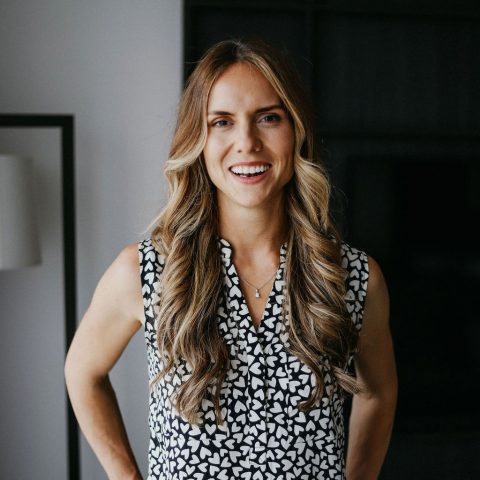So often people go to a trade show and want to collect as many leads as possible, but really the goal should be to collect as many qualified leads as possible with a follow up booked. Setting the right lead capture strategy is one of the most important aspects of any exhibition campaign.
I want to share a few ideas to help you approach lead capture at trade shows with incredible intention. It is a process that needs to be tailored. There are so many engaging ways to shake up the way you collect leads, but the basic framework needs to be solid.
Have a system in place before you even attend the show
There are many ways to collect leads so you will need to decide the different methods your team will nominate to use. This could be (any or a combination of) lead scanners, QR codes, landing pages, apps, and heaven forbid paper and pen or a business card … More on this later.
- How will you capture leads?
- How will you qualify?
- Who follows up on the leads?
- How will you follow them up? Emails/Phone etc?
- How will you measure the return of your exhibition investment?
- Are you able to measure the results of your follow up?
Collecting the right type of leads
It may sound appealing to collect a long list of exhibition leads, but not all leads are created equal. There is no point in being busy for the sake of being busy. Help your future self and focus on quality over quantity so you’re talking to people who might actually become customers.
You’ll need to first set the right lead capture strategy that aligns with your goal. Unless every attendee could be your customer, you will want to capture the attention of your specific target audience, then qualify those visitors.
Hot, warm, cold… A, B, C … however you choose to qualify your leads, you want to be able to rank them to help you prioritise them.
Qualifying on the day will help you to communicate with your larger audience after the event in a timely manner. You will have a targeted hit list of “hot” leads to contact first. The others can go on a nurture campaign until they are ready to consider a purchase. This type of approach will help you tailor your communications to suit the customer, making it a much more pleasant experience for the both of you!
Why a pen and paper / business cards suck
I am a huge note taker, but I have strong feelings of dislike towards it as an option for lead capture. The main reason I dislike these methods over the digital counterparts is because every additional manual step involved in processing your leads makes it less likely the contact will be followed up in a timely manner.
I understand some people like to manually write down information about leads on paper forms. Here are some reasons why we never recommend this:
- Said handwriting might be awful
- Could get lost/damaged
- Not in the cloud (there are no other copies)
- Needs to be manually dealt with after the show. i.e. someone then needs to enter it into a CRM
- Difficult to share leads around with others
- Harder to get back to get back to everyone in a timely manner
As for business cards – If you are tempted to put a fish bowl out the front of your stand to collect these. Please consider this…
Many of the points above also apply, but you also have the issue of it being difficult to keep track of the personal aspects of a conversation so the follow up loses that personal touch.
If you ask me, a business card is not a lead unless it has an action attached to it i.e. made a promise of a next step.
Troubleshooting
Firstly, was it really a lead?
- Did you have the right call to action? Is it on display or are you communicating through the sales people?
- Did staff use the systems correctly?
If leads aren’t converting, make sure you are documenting reasons why so you can improve on it in future.
One final note…
Whether you chose to use the organisers app to customise a touch screen, there are so many ways you can personalise the experience so that it flows naturally with conversations on your exhibit. It doesn’t have to be overly complicated, but it should be geared towards your goal for the show.
Whatever you decide, make sure you pick a solution that allows you rank contacts and write a personal note. Everyone appreciates feeling valued and remembering the little details makes all the difference.
So often people go to a trade show and want to collect as many leads as possible, but really the goal should be to collect as many qualified leads as possible with a follow up booked.
Setting the right lead capture strategy is one of the most important aspects of any exhibition campaign. We are sharing a framework to help you approach lead capture at trade shows with incredible intention.
